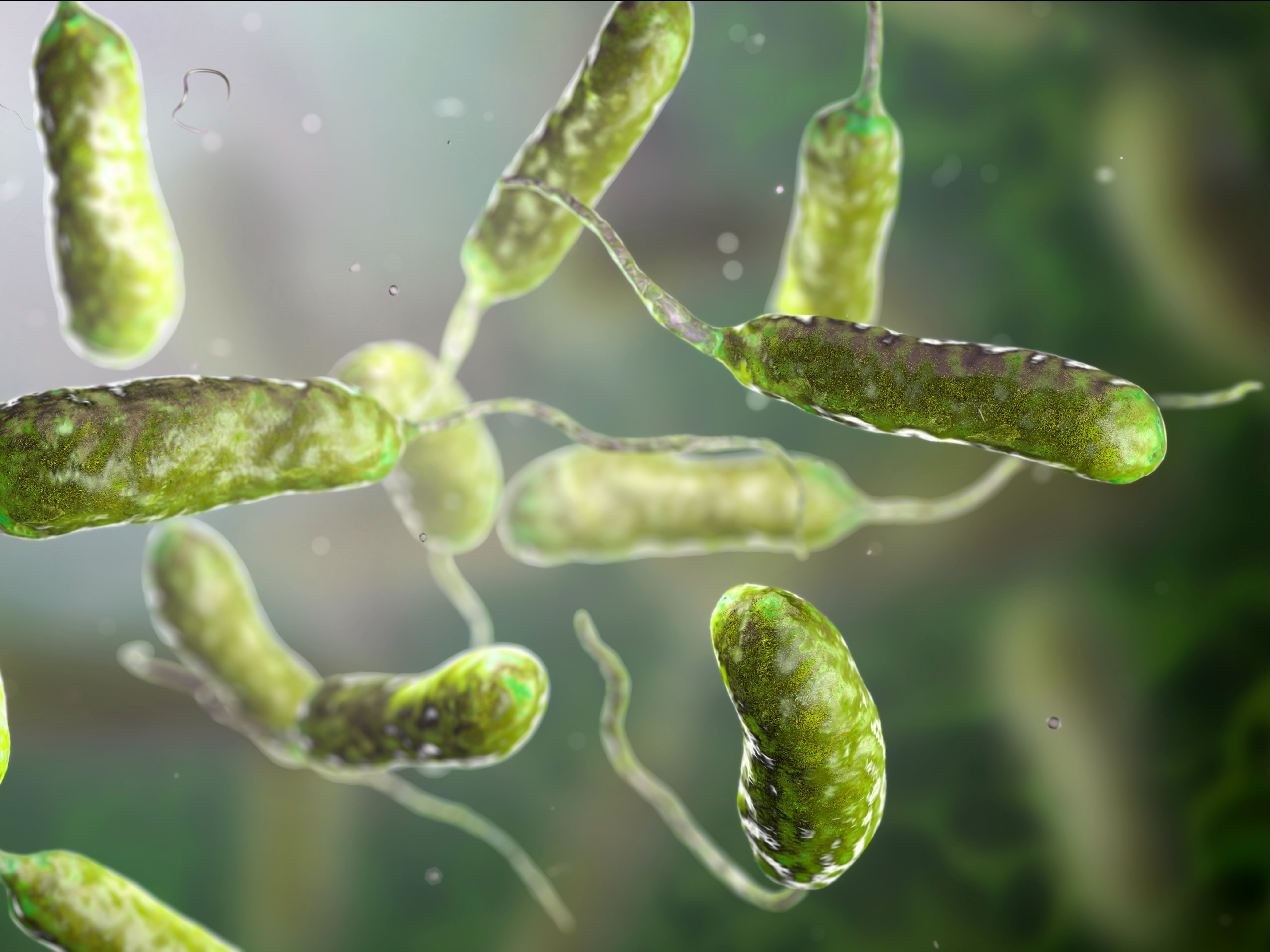Deaths from the flesh-eating bacteria Vibrio vulnificus are rising along the southeastern US coast, with at least five fatalities reported in Florida, four in Louisiana, and one in North Carolina’s Outer Banks this year.
The bacteria flourish in warm seawater and can lead to necrotizing fasciitis, a serious infection that rapidly damages surrounding tissue. Health officials report that Florida has recorded 16 cases this year. Seventeen cases have reported Louisiana, with seven and three cases also reported in North Carolina seven and Mississippi, respectively.
Vibrio vulnificus can enter the body through open wounds exposed to salty or brackish water and can also be contracted by eating contaminated raw seafood, particularly oysters. About 20 percent of those infected with this bacterium die from the infection.
Antarpreet Jutla, an engineering professor at the University of Florida, told NBC that infections remain rare but “something is off this year.”
“This is certainly not normal, that’s one thing,” Jutla said. “We haven’t had that many cases early on in the summer for a very long time.”

While Jutla said there are too many unknowns to be certain what is causing the spike, researchers are following some leads.
For one, his group is investigating why there is such high concentrations of plankton and chlorophyll in Florida’s panhandle, which may be linked to the surge in Vibrio bacteria. Although most Vibrio species cause mild gastrointestinal illnesses, Vibrio vulnificus is particularly dangerous due to its rapid progression and severe symptoms.
Jutla also explained that Vibrio vulnificus infections often rise following hurricanes, which stir up bacteria in floodwaters. Florida recorded 82 cases last year, a number that may have been worsened by the “extremely active” hurricane season, as the bacteria can persist in floodwaters caused by storms.
“Something happened this year that triggered the pathogens a little bit more than before,” he said.
People at greatest risk include those with liver disease, weakened immune systems, or who are over 65 years old. Symptoms typically appear within hours and include redness, swelling, painful blisters, and potentially life-threatening sepsis if untreated.

Health experts recommend covering any open wounds before entering ocean waters and seeking immediate medical attention if infection signs develop. Early treatment with antibiotics can prevent serious complications.
This year’s infections and deaths have been reported across a wide range of Florida’s coastline, including counties such as Bay County in the Panhandle, Hillsborough County near Tampa, Broward County in the southeast, and St. Johns County near Jacksonville.
Source link


